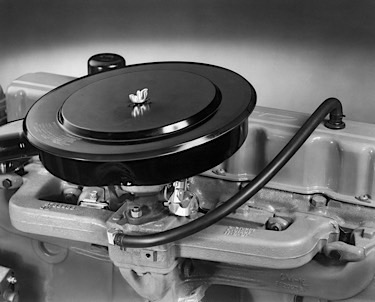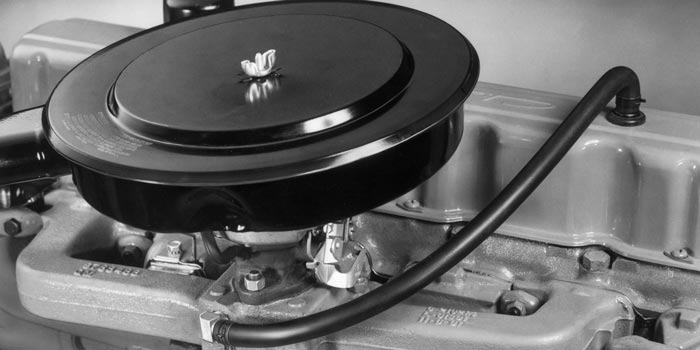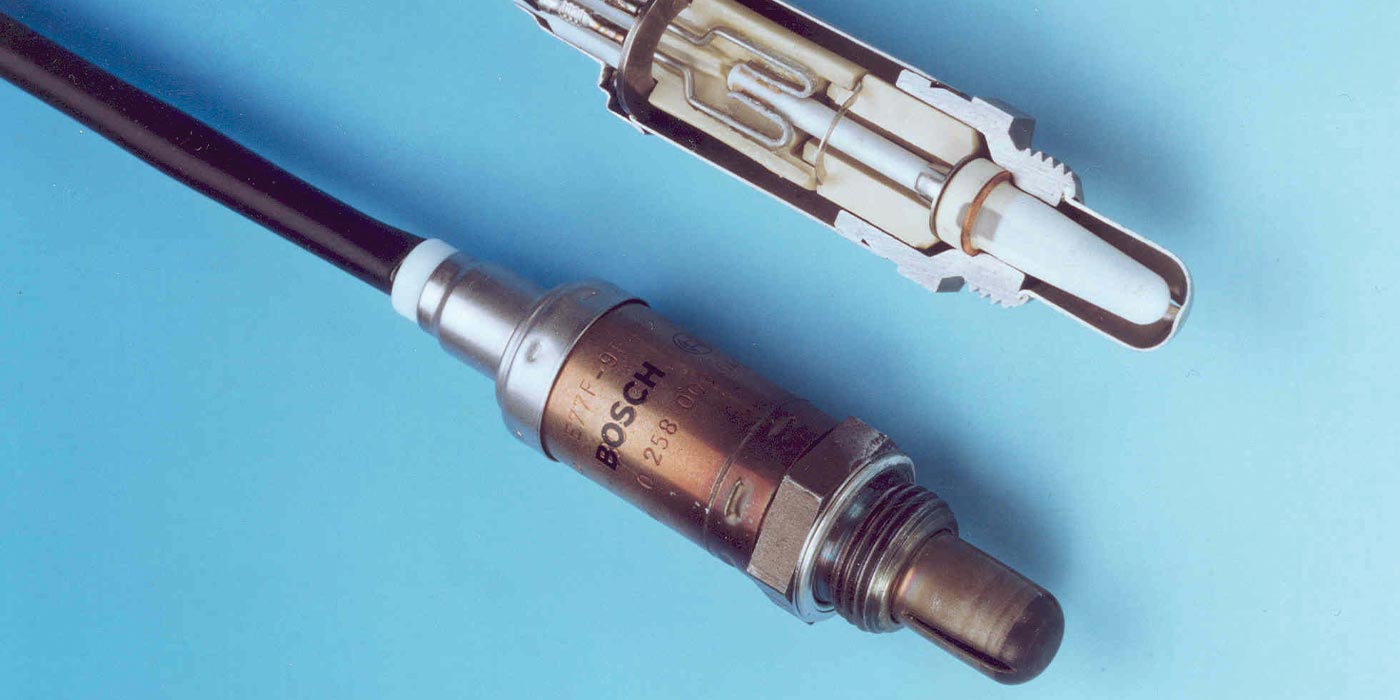 1. The first vehicle to get a positive crankcase ventilation (PCV) valve was the M5 Stuart tank in WWII, which was made by Cadillac. The valve replaced draft tubes that might suck water into the engine while crossing rivers.
1. The first vehicle to get a positive crankcase ventilation (PCV) valve was the M5 Stuart tank in WWII, which was made by Cadillac. The valve replaced draft tubes that might suck water into the engine while crossing rivers.
2. In 1952, Professor A. J. Haagen-Smit of the California Institute of Technology at Pasadena theorized that unburned hydrocarbons were a primary constituent of smog. In 1958, it was discovered that road draft tube was responsible for almost half of the unburned hydrocarbon emissions that cause smog in California.
3. The PCV valve was the first emissions device ever. Secondary air injection, or the “smog pump,” was next.
4. GM gave away its patents for the PCV valve to the rest of the automotive industry to use royalty-free.
5. In California, the PCV valve was mandatory on all new vehicles for 1961. By 1964, the majority of vehicles sold in the U.S. had one as standard equipment. It became mandatory on all vehicles in 1967.
6. The spring inside the PCV valve is calibrated for the vehicle’s manifold vacuum and crank case pressures. This spring weakens over time, causing the valve to fail.
7. In 1967, American Motors made the claim that drivers could go 4,000 miles between oil changes due to the implementation of the PCV valve. The PCV valve helped to extend the interval because it helped remove water condensation in the crankcase.
8. Shaking and listening to a PCV valve does not mean a thing.
9. Cleaning a worn PCV valve typically does not do anything. It just means you now have a clean, worn-out PCV valve.














